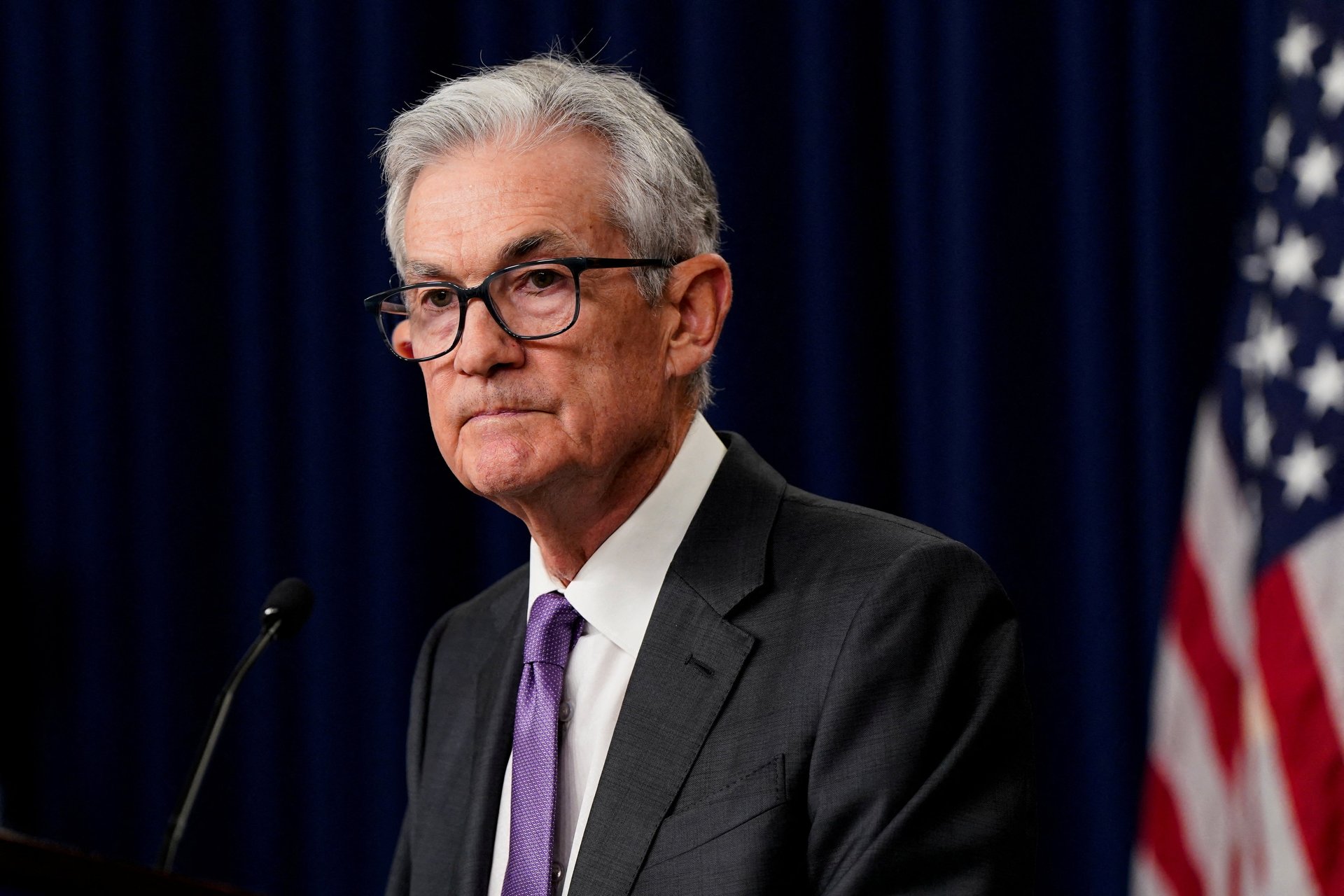Fed Chair Jerome Powell is in no hurry to lower interest rates
The central bank is waiting to "become more confident" that inflation is dropping to its 2% target

The Federal Reserve is patiently waiting for more positive inflation readings before making the decision to lower interest rates, Fed Chair Jerome Powell said Friday.
Suggested Reading
After all, the economy is doing well, with a hot labor market, slowing albeit still elevated inflation, and strong economic growth in 2023. And the Fed is well-placed from a macroeconomic policy standpoint to be absolutely sure that inflation is down for good.
Related Content
“We don’t need to be in a hurry to cut,” Powell said at the Macroeconomics and Monetary Policy Conference at the Federal Reserve Bank of San Francisco.
“It means we can wait and become more confident that, in fact, inflation is coming down to 2% on a sustainable basis,” he said.
For Powell and other central bankers, “confidence” is a key term: The Fed and the Federal Open Market Committee are waiting to be really, really sure that annual inflation will drop to the central bank’s target of 2% before making any moves to lower interest rates.
“The decision to begin to reduce rates is a very, very important one because the risks are two-sided,” Powell said. “If we reduce rates too soon, there’s a chance that inflation would pop back and we’d have to come back in, and that would be very disruptive. That would not be a good thing for the economy.”
Granted, the Fed chair agreed that it wouldn’t be such a terrible thing to have to reverse course after a rate cut. But, Powell said, the most important thing is “getting it right.”
An inflation indicator closely watched by the Federal Reserve, the personal consumption expenditures price index, rose 2.8% year-over-year (excluding food and energy), and inched up 0.3% from a month prior, in line with the central bank’s expectations. Those figures, released Friday, inspire confidence.
But economic indicators have been giving mixed signals. Annual inflation, as measured by the consumer price index, increased 3.2% in February, slightly more than expected, with shelter and gasoline prices accounting for the majority of the growth. A higher-than-anticipated inflation reading in January also cast a shadow of doubt on whether interest rate cuts were in sight.
The Federal Reserve began its interest rate hiking campaign in March 2022, as it started its crusade to wrangle post-pandemic inflation. Rates are currently sitting at a 23-year-high of between 5.25% and 5.5%, and have been left untouched for several months as the Fed continues to watch key indicators.
But it’s still forecasting three rate cuts this year. The question is, when? The central bank and its regional chiefs have given little indication as to a potential timeline for rate cuts. Some investors are pretty confident that cuts could begin in June, or summertime more broadly. But even that has been thrown into question after the hotter-than-expected readings that kicked off 2024.
Meanwhile, U.S. consumer confidence hit 79.4 points in March — a 28% annual increase and its highest level since July 2021, according to the latest University of Michigan Survey of Consumers. The survey found that the main cause of the increase was the growing belief that inflation will continue to soften.
